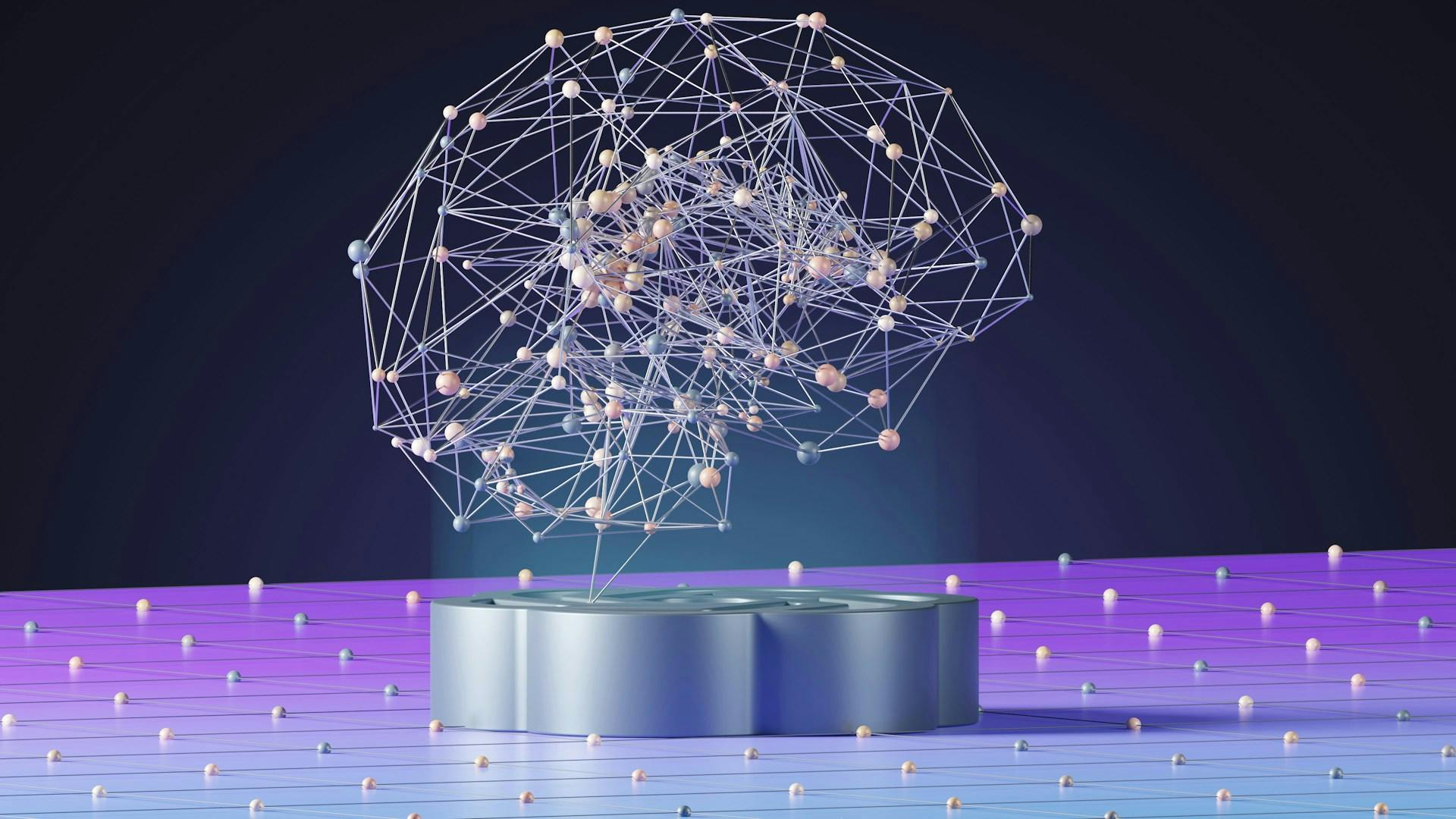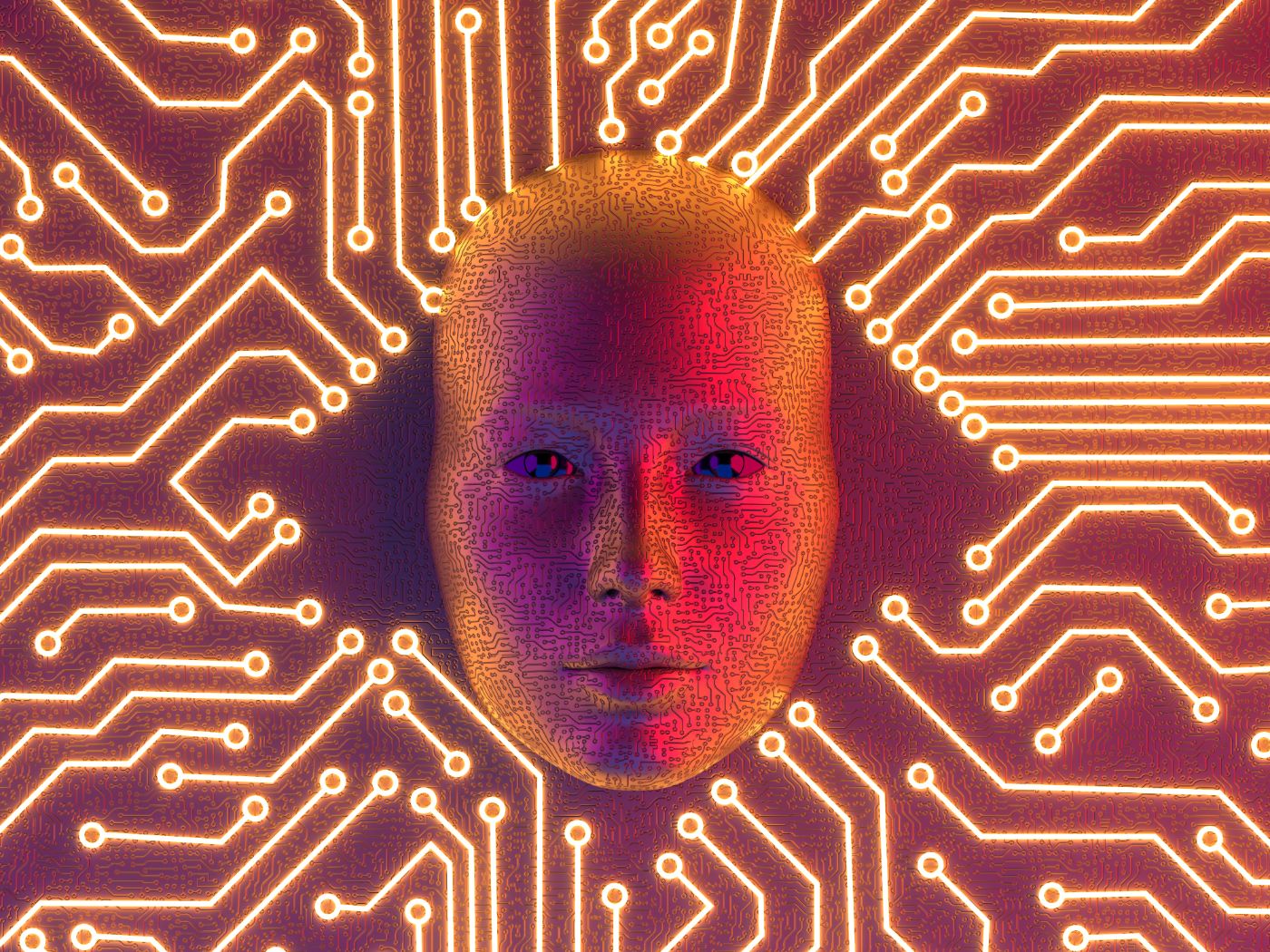The Human Side of AI: Why People Still Need to Make Sense of What Machines Say

We don’t even recognize how much AI has become a part of our daily lives. We ask our virtual helpers what the weather will be like. Apps tell us the quickest way to go to work. We look through suggestions on streaming services that seem to know just what we want to see next. It’s easy to see how convenient it is. But there’s also a subtle truth we frequently forget: robots don’t actually “get” things the way people do.
AI looks for patterns to work. It looks at the data, compares it to what it has seen previously, and gives you an answer that it thinks is most likely to be right. It gets it right sometimes. It doesn’t always get to the point. People are the ones who make sense of the production when it does.
This article looks at why machines still require people to lead, interpret, and fix them. This is true not only in important industries like medical and finance, but also in everyday life where minor mistakes can pile up.
AI Seems Smart, But It’s Not Smart Like People
The first thing to remember is that AI doesn’t “know” things like people do. It lacks common sense. It doesn’t have sentiments or a sense of context. If you ask an AI assistant how to celebrate a birthday, it can give you a cake recipe or a list of restaurants to choose from. Yes, that’s helpful, but it doesn’t get that the birthday person might not like cake or be on a business trip.
People instinctively fill in gaps with what they know, how they feel, and what they’ve been through. Not machines. That’s why even the most advanced AI might seem a little strange when you look closely.
Imagine an app that helps you find your way. It can figure out the shortest way to go somewhere using precise math, but it doesn’t know that your kid gets carsick on curving roads or that you like to drive on scenic roads on the weekends. You are the only one who can take those things into account while making your final choice.
When AI Doesn’t Get the Point
Not all AI errors are caused by problems with the technology. Most of the time, they happen because the machine doesn’t understand the situation.
For example, translation applications. They are great at translating words from one language to another, but they typically have trouble with phrases, jokes, or cultural differences. Someone who doesn’t know what “break a leg” implies can be confused if they hear it before a play. The words are right, but the message is not clear.
Or check out chatbots for customer service. They can easily answer basic inquiries like “When do you open?” But if someone says, “I’m really upset because my order hasn’t come yet and I’ve been waiting all week,” the bot might send back a generic shipping FAQ. The machine could see the terms, but it couldn’t feel the emotion. People, on the other hand, would know right away how frustrated they were and change their tone to show they understood.
Why It’s Important to Use Human Judgment When Making Big Decisions
AI’s lack of context is basically a pain in the neck in everyday life. But in fields like law, finance, or healthcare, it might be disastrous if no one examines the responses.
AI can examine thousands of photos in medicine and find possible malignancies much faster than a person could. That’s a lot of help. But the doctor still needs to look at the results in light of the patient’s medical history, way of life, and other symptoms. Without human judgment, a false alarm could induce stress or therapy that isn’t needed, and missing a detail could put someone’s health at risk.
In the legal system, predictive tools try to figure out how likely it is that someone would commit another crime. This helps judges decide whether to grant bail or parole. But these technologies often show bias in the data. A judge who believes what AI says without checking it could make decisions that aren’t fair. A person must be involved in this to make sure that justice is done equitably.
AI also helps find fraud in finance by noticing strange behavior. But sometimes it stops normal purchases, such when someone buys groceries while on vacation. Someone looking at it might instantly tell that it’s not fraud; it’s just someone using their card in another country.
These examples highlight a simple truth: AI is good at finding patterns, but people are better at figuring out what they imply.
The daily balance between people and machines
Most of the time, we use AI in little, daily ways. People are the ones who make sense of what machines provide us, even here.
Streaming apps offer movies based on what you’ve already seen. The suggestions are sometimes just right. Sometimes they’re just plain wrong. The software thinks you just want explosions and vehicle chases forever if you watch one action movie. You go in, scroll down, and choose something else. The system only changes when you show it what you really want.
Another noteworthy example is voice assistants. If you ask for “a place to eat near me,” you’ll get a list of places to eat. You can choose between pizza, sushi, or a quick sandwich, though. The system narrows down the options, but you make the final decision.
This balance shows that AI isn’t taking over decision-making. It’s speeding up the process and giving them a place to start. People still make sense of things in a way that robots can’t.
When People Don’t Pay Attention to Their Role
When people forget that they have to interpret, not just accept, things go wrong. Relying too much on AI output might lead to blunders that are embarrassing or expensive.
Think about pupils who copy answers from an AI tool without looking them up. If the tool gets a fact wrong, it goes straight into their article. Or businesses that let algorithms hire people without checking them. If the model contains hidden bias, it discreetly gets rid of strong candidates that don’t fit the “pattern.”
In both circumstances, the machine is not to blame; it is doing what it was designed to do. The mistake is thinking it can do the whole work by itself. People need to keep in the loop and ask questions, double-check, and fix things when they don’t feel right.
Why machines can’t take the role of human intuition
There is more to this than meets the eye. We don’t merely digest information; we also understand life through our feelings, culture, and instincts. That can’t be done by machines.
Think of two emails. “Please call me when you have time,” says one. The other person says, “We need to talk.” Both are courteous, but most people can see that the second one is tense. An AI tool might give them the same favorable score. It can’t pick up on the small change in tone.
Or think about being a parent. Apps can keep track of when a baby eats and sleeps. Yes, it’s useful. But they can’t tell when a cry sounds different, when something “feels wrong,” or when a parent just knows their child needs comfort. Intuition fills in the blanks that machines can’t.
That gut instinct that comes from experience and empathy can’t be replaced. AI can help, but it will never grasp things the way people do.
Making AI Better by Getting Help from People

People can help AI develop better, which is interesting. The system gets better the more people fix mistakes, give feedback, and change data.
That’s why platforms always ask for reviews, such “Did this answer help you?” or “Was this translation correct?” Every time a person fixes anything, the machine learns. People aren’t only users of AI; we’re also teachers.
This romance is still going on. AI will always need people since every day brings new events, language, and settings. People keep the system connected to the real world.
The Danger of Forgetting About People
There is a chance that we will forget what AI tools can and can’t do as they get better. To be more efficient, businesses want to automate more and more. But if the human role goes away too much, the gaps get bigger.
We’ve already seen this in customer service, where certain companies use bots so much that it’s hard for customers to talk to a real person. The end effect isn’t efficiency; it’s anger and a loss of confidence.
The same danger is present in medical, law, and education. AI blunders go unnoticed if people aren’t involved. People pay the price when the balance shifts from support to control.
A Partnership, Not a Replacement
You should think of AI as a partner. It can speed up tasks that are done over and over, show patterns, and give suggestions. But it’s up to people to give meaning, empathy, and judgment to the situation.
Think of it as a calculator. It can do math faster than anyone else, but it doesn’t know if the answer makes sense in real life. We still have to do that.
For this relationship to function, both sides need to play to their strengths. Machines take care of speed and size. People take care of sense and comprehension. They are stronger when they are together than when they are alone.
Conclusion: The Importance of Humans
AI may seem smart, but it’s not as smart as people. It doesn’t live in our world, which is full of mess, sentiments, and problems. That’s why people will always be needed to lead, ask questions, and make sense of things.
Everyday life makes it extremely evident. AI gives you a starting point but not the whole answer. For example, streaming apps suggest movies and navigation apps choose routes. In fields like healthcare, banking, and law, where the stakes are larger, human judgment is even more important.
The lesson is easy to understand. AI can help, but it can’t take the place of people in figuring out life. Machines can figure out patterns. People make them important. That’s the human side of AI, and it’s here to stay.
\